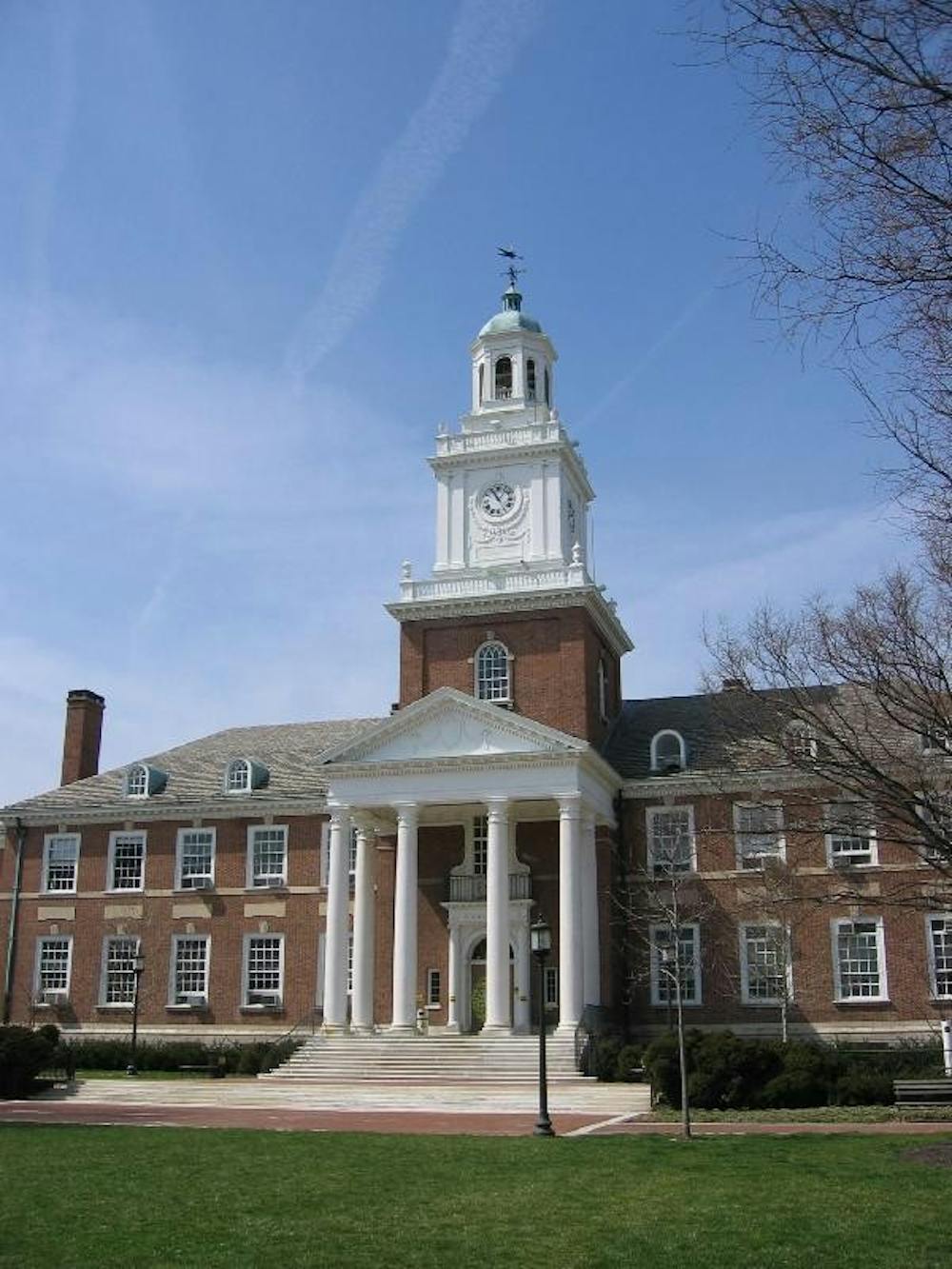On Jan. 18, University President Ronald J. Daniels announced in The Atlantic that the University has not considered legacy status as a factor in admissions since 2014.
With this move, Hopkins joined the Massachussetts Institute of Technology, the University of California system and several other institutions of higher education that do not consider legacy affiliation when evaluating admissions applications.
Vice Provost for Admissions and Financial Aid David Phillips explained in an interview with The News-Letter that ending the legacy admissions program was part of a broader initiative to diversify the incoming classes of the University.
“We have a higher proportion of students who are the first in their family to attend college,” he said. “Across the board, we have more diverse classes now than we did 10 years ago.”
Phillips explained that applicants are still asked for their parents’ alma maters for statistical purposes.
Daniels explained in his piece that preferential legacy admissions came at the cost of admitting fewer students of all backgrounds. He said that when he came into his position in 2009, 12.5 percent of the freshman class were legacy students. That number has since fallen to 3.5 percent. Over the same period, the percentage of Pell Grant-eligible students has risen from nine to 19.1 percent.
Previously, Daniels shared his goal for 20 percent of the student body to be Pell grant eligible by 2023. This was in light of University alum Michael Bloomberg’s historic $1.8 billion donation to support the University’s transition to a loan-free financial aid policy. Daniels also hoped to recruit more first-generation, low-income (FLI) students.
Students’ reactions to the end of the legacy admissions practice were mainly positive.
However, some still worry that the University could have done more to encourage FLI student to apply when legacy admissions were presumed to still be in practice.
Senior Felicia Petterway, a FLI student, noted in an email to The News-Letter that the delay in releasing the news could have prevented FLI students from applying.
“I thought that no matter how good my grades were, or how moving my essays were, my spot could easily be taken by a legacy student, and this prevented me from even applying to several top ranked institutions,” she wrote.
Phillips explained the delayed announcement was to smooth the transition and not ostracize legacy students.
“We wanted to watch and gauge the impact to ensure we could make this change effective and sustainable... and to be sensitive to legacy students that matriculated under the old policy,” he said. “We wanted to make sure no one felt uncomfortable [because of] this change.”
Some students were not aware of the legacy admission mechanisms or their end prior to Daniels’ op-ed.
Sophomore Anna Torrey, whose father was part of the class of 1989, expressed her surprise in an interview with The News-Letter that legacy admissions had been a formalized practice.
“I didn’t realize that there was a publicly-known system for legacy students getting benefits... that needed to be said that it was over,” she wrote. “I always thought it was a behind-the-scenes, unspoken thing.”
Torrey noted that individuals may still be driven to apply to schools that their relatives had attended, regardless of whether this would improve their chances of being accepted.
“It makes sense that it’s relatively frequent that legacies apply to the same schools that their parents or grandparents attended but that shouldn’t improve their chances of getting in,” she wrote. “They should be equally qualified as any other student.”
Phillips admitted that at the beginning of the process, there was some concern about the reaction from alumni to this change. Regardless, according to Phillips, looking at the practices of peer institutions helped alleviate some of those worries.
“President Daniels knew that other highly selective schools in this country like MIT, CalTech, the University of California system either had eliminated legacy preferences or never had them,” Phillips said. “We knew those other schools had really invested and enthusiastic alumni so he thought there’s a possibility for us to do that.”
Senior Associate Director of Alumni Communications Gwen Harley and Assistant Vice President of Alumni Relations Susan deMuth reaffirmed in a joint email to The News-Letter that the feedback they have received from alumni about the change of policy has been positive.
“Most of those who have reached out to us have said they are proud of the approach we have taken and the role we are playing in this national conversation about social mobility and socioeconomic diversity in higher education,” they wrote. “There are individuals who disagree, and we respect those opinions as well. But the majority have been positive.”
Petterway expressed similar hope that the end of legacy admissions will have a positive impact on the University community in the future.
“I wonder if there were other FLI students who didn’t even apply to Hopkins out of fear of losing to legacy students,” she wrote. “Hopefully, this will help increase the confidence of current and future FLI students who enter the college admissions cycle. We deserve our place here, too!”





